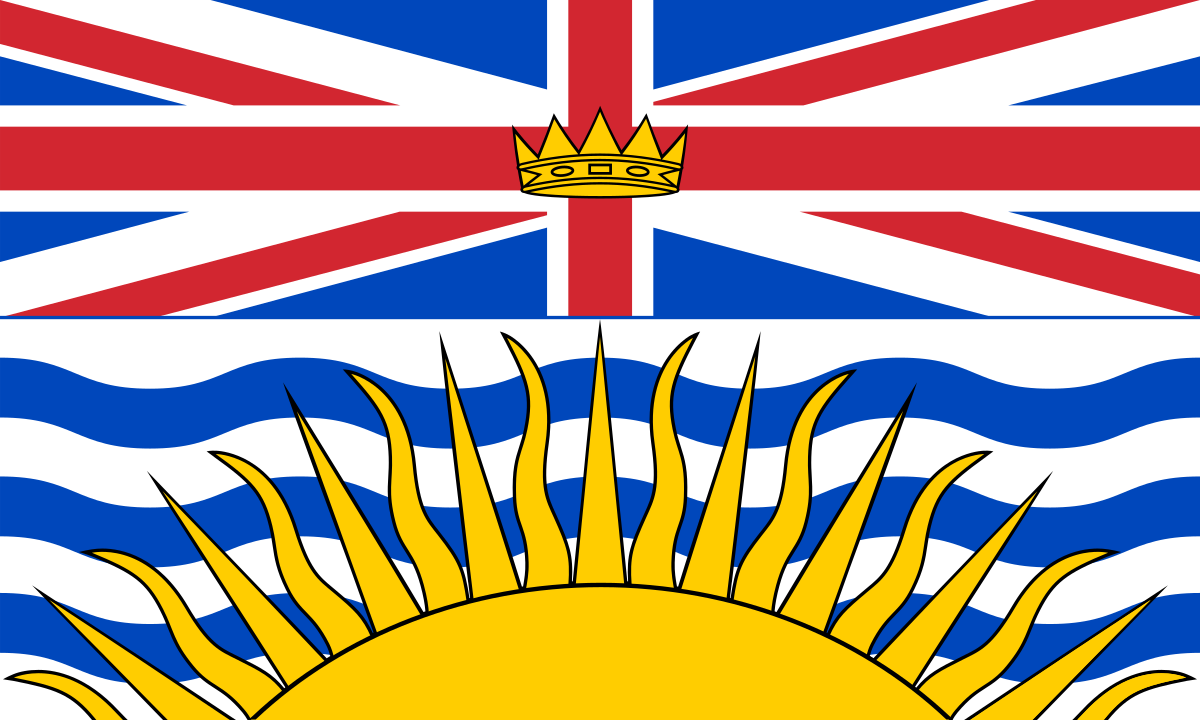- 67 Posts
- 39 Comments

 10·6 months ago
10·6 months agoEspecially as far as manifestos from high profile cases go.
 3·8 months ago
3·8 months agoMan WU was the king back in the day. It’s too bad The Weather Channel destroyed it after destroying themselves.
 3·8 months ago
3·8 months agoMy understanding is the UK government makes it cost prohibitive to acquire data from their radars.

 2·9 months ago
2·9 months agoThis sounds awesome and I look forward to hearing more about it. It seems like this would be a major step forward especially with medium-range forecasts.

 2·9 months ago
2·9 months agoEven if it’s wrong I’m interested in discussing it further. I want to improve professionally as much as anyone else does and I appreciate the comments you’ve added.

 4·9 months ago
4·9 months agoI still am of the opinion that the vortex is in the early stages of forming and will be disrupted over the next several weeks by anamolous high pressure in Alaska/Siberia (possibly shifting eastward into October). The ECMWF op analysis on this website shows the lowering absolute temp and lowering 10 mb heights in the North Pole region over the past two weeks or so. Additionally, the circular stratospheric wind pattern is slowly returning (since about 9/7) and modeled to increase in the coming weeks.
Obviously it is not as developed as it will be later next month or as developed as the South Pole polar vortex currently is. I am curious to see how long the “heat wave” in Siberia/Alaska (and possibly the Canadian Arctic next month) lasts. I just think this pattern in the early stages of development plus La Niña foster conditions for sudden stratospheric warming events later in the season.
Edit to add: Is it a good forecast? I think so but maybe it will be and maybe it won’t, that’s just the nature of things. I stand by it though.

 4·9 months ago
4·9 months agoI think La Niña plays a bigger role for the whole season than this. Where I am (Vancouver, Canada), I expect below average temperatures and above average precipitation. The presence of a weak polar vortex signals a higher risk of at least one strong winter cold snap in North America, but we won’t know specifics until much further along in the season.

 14·9 months ago
14·9 months agoThe polar vortex is present already and is slowly deepening. This is clearly evident in 10 and 30 mb height and wind charts.
Meteorological fall begins September 1. As noted, the polar vortex begins developing in August (because of the decreasing sunlight post-solstice) and isn’t full strength until later in the season. At this altitude in the poles (30 km up) thermal lag is less pronounced. Note the American Meteorological Society glossary says “the stratospheric polar vortex exists from fall to spring” (source). It is not just a winter phenomenon.
There is some predictive value in the strength of the polar vortex, especially with regard to the jet stream and sudden stratospheric warming events, but all seasonal forecasts carry uncertainty.
I am a meteorologist in Canada working primarily in the energy industry and have successfully used the polar vortex (among other parameters) in medium- and long-range forecasting several times. This has generally been in the context of deep troughs bringing heavy snow to Western Canada and the U.S. Northwest.
Of course, this being the internet readers can take or leave that claim. It was especially useful in early forecasts regarding an extreme cold weather outbreak in the U.S. Northwest in February-March 2019.

 2·9 months ago
2·9 months agoI’d do it if I lived closer.

 3·9 months ago
3·9 months agoI’d like to eventually. I’m up to 25 so far.
July is probably the peak like the other commenter mentioned, but if you want sunshine pretty much any time between mid-June and the beginning of September is good. If you’re like me and want rainy hikes with clouds clinging to forested mountains, come in October.

 1·9 months ago
1·9 months agoI also wrote the article and changing the title messes up stuff like article previews and whatnot because I pay for the lowest tier of WordPress. I guess I’ll just be guilty of being clickbaity today.

 6·9 months ago
6·9 months agoI probably could have worded it better but I didn’t realize it until after posting

 2·10 months ago
2·10 months agoI wish, it was just nearby.
Subscribed - New

 2·10 months ago
2·10 months agoA couple years ago I found an AOL floppy disk to put their browser on my PC and get 500 free hours of browsing. It was a real blast from the past.
Chex mix. Add a little oil and spread it out on a baking sheet. Toss in the oven for a little bit to really get it in there.

 3·10 months ago
3·10 months agoOSM browser editor and Go Map!!! on my iPhone. I mostly do what interests me (bike parking, pedestrian/bike trails, etc.) but sometimes I work on more general stuff.

 654·10 months ago
654·10 months agoRemember it’s every driver’s right to cause an “accident” that kills someone so they can save about 15 seconds of travel time.

















More like if the oligarchs had let him try.